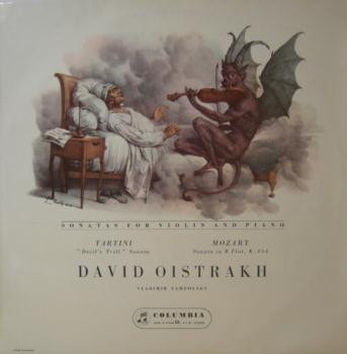Enrico Mainardi was an Italian cellist who was born on October 5, 1897, in Milan, Italy. He began his musical studies at a young age and went on to study at the Milan Conservatory, where he was taught by Giovanni Moser.
Mainardi made his debut in 1914 and quickly gained recognition for his technical brilliance and expressive playing style. He toured extensively throughout Europe and North America and became known as one of the leading cellists of his generation.
During World War II, Mainardi was imprisoned by the Nazi regime and was later held in a concentration camp in Austria. After the war, he returned to his performing career and played with major orchestras around the world, including the Berlin Philharmonic, the Vienna Philharmonic, and the Boston Symphony Orchestra.
Mainardi was particularly admired for his interpretations of the works of J.S. Bach, and he was one of the first cellists to perform and record the complete set of Bach’s suites for solo cello. He was also a champion of contemporary music and premiered works by notable composers such as Luigi Dallapiccola and Paul Hindemith.
In addition to his performing career, Mainardi was also a respected teacher, and his students included many successful cellists such as Arto Noras and Heinrich Schiff. He held teaching positions at several music conservatories, including the Mozarteum in Salzburg, Austria.
Mainardi’s sound was described as distinctive and soulful, and his playing was known for its technical brilliance and emotional depth. He was praised for his ability to bring out the unique character of each piece of music he played.
Enrico Mainardi passed away on April 5, 1976, in Milan, Italy. He is remembered as one of the greatest cellists of the 20th century, and his recordings continue to inspire cellists and music lovers around the world.

